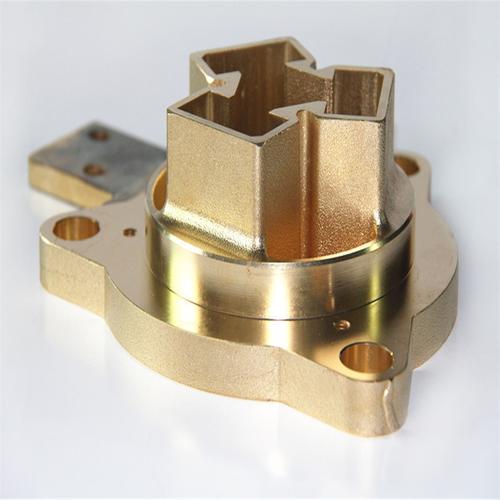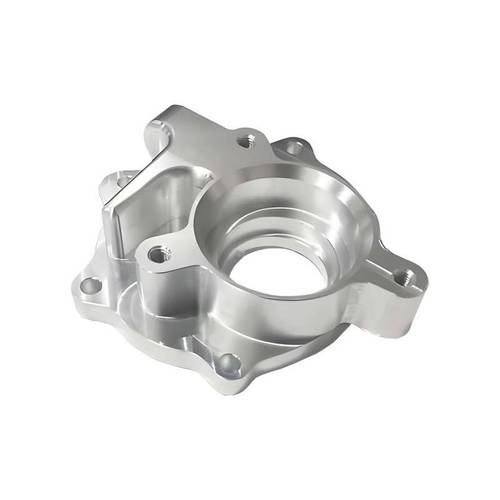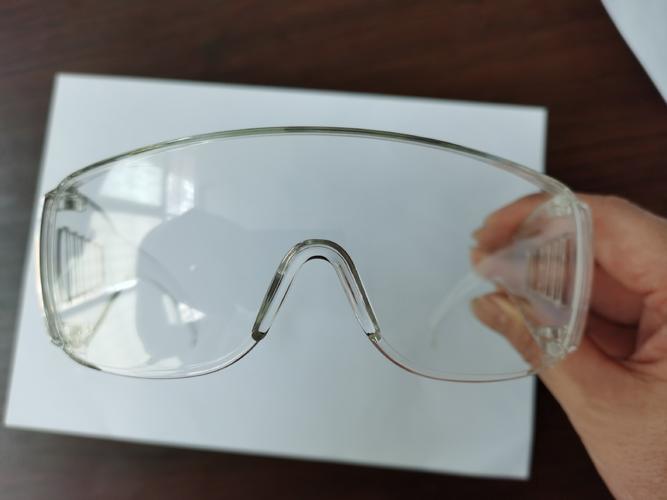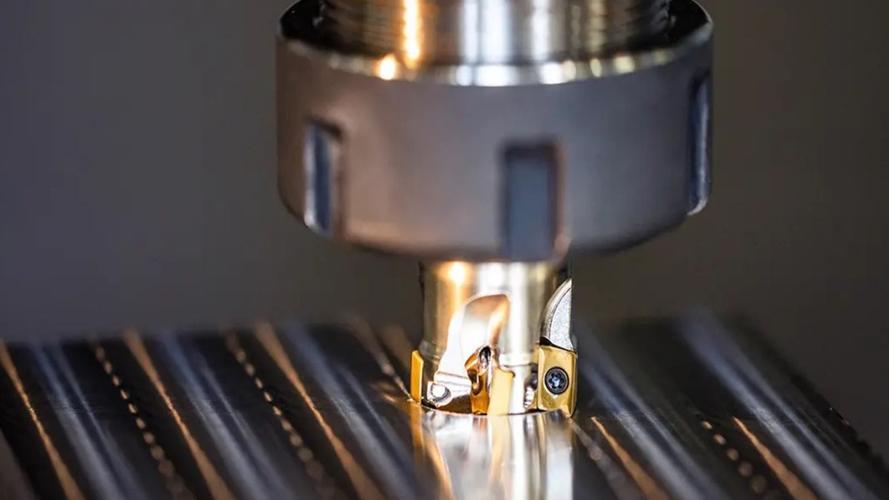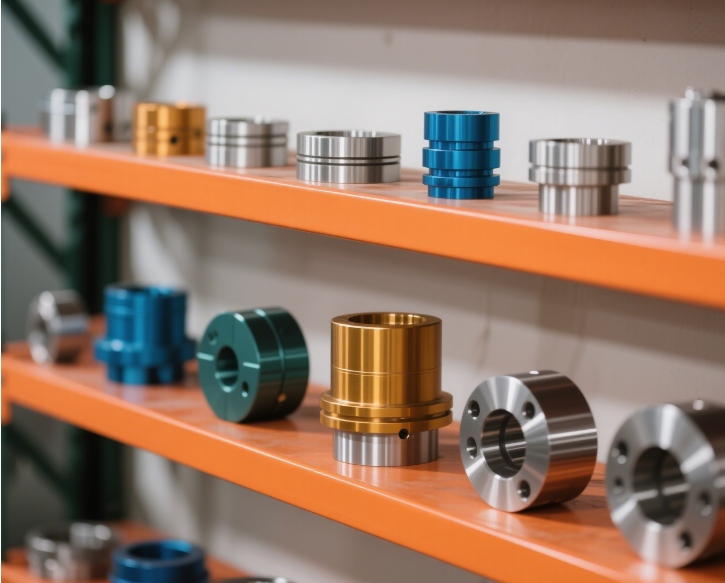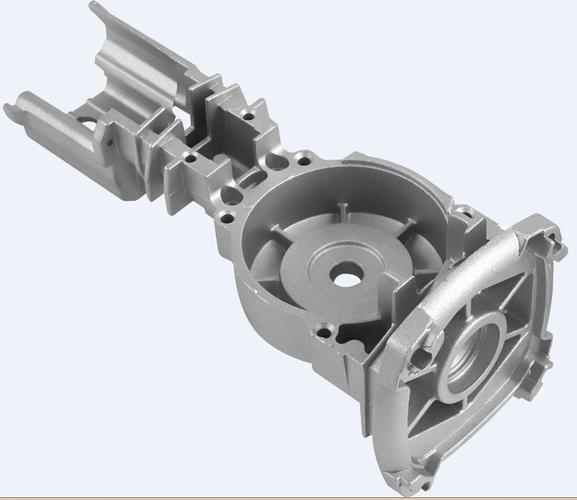Answer
CNC brass parts are components machined from brass materials using computer numerical control (CNC) technology, where G-code programs drive machine tools to perform precision machining such as milling, turning, and drilling. Brass, a copper-zinc alloy (zinc content 5%–45%), commonly uses grades like H62, H65, and H68, combining good electrical conductivity, corrosion resistance, and machinability. CNC-machined brass parts achieve precision within ±0.05mm and surface roughness Ra≤3.2μm, widely applied in electronic connectors, valves, decorative items, and mechanical components. Their advantage lies in high-precision machining of complex structures (e.g., threads, deep holes, irregular surfaces), with post-treatments like electroplating and polishing further enhancing appearance and performance to meet functional and aesthetic needs across industries.
Extended Answer
I. Technical Principles and Brass Machining Characteristics
1. Technical Advantages of Brass Materials
- Alloy Composition and Properties:
- Zinc content determines characteristics: H68 (68% copper) excels in plasticity for deep drawing; H59 (59% copper) offers high strength for structural parts.
- Physical properties: Density 8.5g/cm³, thermal conductivity 116W/m·K, electrical conductivity second only to pure copper, and better electrochemical corrosion resistance than steel in humid environments.
- Cutting Machinability:
- Easy machinability: Brass hardness HB≤150 (H62) with low cutting resistance, but high zinc content (>30%) tends to produce burrs.
- Tool adhesion: Lead particles in leaded brass (e.g., HPb59-1) reduce adhesion, but cutting temperature must be controlled to prevent lead precipitation.
2. Key Points of CNC Machining Technology
- Tool Selection:
- High-speed steel (HSS) tools: Suitable for low-speed machining of common brass (cutting speed ≤60m/min) with low cost.
- Cemented carbide (e.g., YG6X): For high-speed cutting (100–150m/min); TiN coating reduces friction coefficient to 0.4.
- Cutting Parameters Optimization:
- Milling H62 brass: Spindle speed 2,000–4,000rpm, feed rate 300–600mm/min, cutting depth ≤3mm.
- Turning HPb63-3 leaded brass: Linear speed controlled at 80–120m/min to prevent lead vaporization at high temperatures.
II. Analysis of Complete Process Flow
1. Preprocessing Technology
- Material Preparation:
- Raw forms: Bars (diameter 5–100mm), plates (thickness 1–20mm), annealed to eliminate internal stress (H62 annealing: 520℃×1h).
- Blanking methods: Small parts cut by sawing, large parts by waterjet, with 1–2mm machining allowance reserved.
- Process Planning:
- Thread machining: For fine threads below M6, drill first then tap; pre-tap hole diameter = nominal diameter – 1.1×pitch (e.g., 3.3mm hole for M4×0.7 thread).
- Deep hole machining: For holes ≥3mm with depth-diameter ratio >5:1, use peck drilling cycle (G73) for chip removal, cutting fluid pressure ≥0.5MPa.
2. Cutting Execution Process
- Rough Machining Stage:
- Face milling: Use φ50mm indexable end mill, cutting depth 2–5mm, removing 80% material, feed speed 600–800mm/min.
- External turning: Clamped by three-jaw chuck, rough turned with cemented carbide tool leaving 0.5mm allowance, cutting speed 100m/min.
- Finishing Stage:
- Mirror milling: Diamond-coated tool (φ10mm ball end mill), feed rate 0.05mm/r, surface roughness Ra≤0.8μm (suitable for decorative parts).
- Internal boring: For finishing φ20mm hole, tool speed 3,000rpm, feed rate 100mm/min, roundness controlled within 0.01mm.
3. Post-Processing Technology
- Surface Treatment:
- Electroplating: Nickel plating (5–8μm thickness) improves salt spray resistance (≥480 hours); hard chromium plating (2–3μm) for wear-resistant parts (e.g., valve cores).
- Passivation: Chromate passivation forms a transparent film to prevent brass “season cracking” (stress corrosion).
- Deburring Technology:
- Vibratory finishing: Suitable for medium-small parts, using ceramic media, processing time 30–60 minutes.
- Electrolytic deburring: For precision holes (e.g., φ1mm through-holes), voltage 15–20V, processing time 10–20 seconds.
III. Technical Terms and Concepts
| Term | Definition and Application in Brass Machining |
|---|---|
| Cutting Fluid Selection | Commonly used extreme pressure emulsion (concentration 8–10%) to reduce adhesion; mineral oil for leaded brass to minimize lead vapor hazard |
| Tool Rake Angle | Rake angle 12°–15° for HSS tools, 15°–20° for cemented carbide when machining brass, improving cutting fluidity |
| Stress Corrosion Cracking (SCC) | Brass prone to SCC in ammonia environments; stress relieved by annealing or protected by surface coating |
| Minimum Cutting Thickness | Micro-machining achieves 0.02mm cutting thickness for brass, suitable for electronic connector reed processing |
| Intergranular Corrosion | Brass with Zn>20% may suffer intergranular corrosion in humidity; Zn content controlled or surface passivated |
IV. Machining Capabilities and Part Characteristics
1. Structural Adaptability and Technical Limitations
- Complex Structure Machining:
- Five-axis machining enables intersecting hole systems in brass valves (e.g., three-way valve hole angle tolerance ±0.05°).
- Micro-milling processes 0.3mm-wide brass heat sinks with tool diameter ≤0.2mm, requiring thermal deformation control.
- Deformation Control:
- Thin-walled brass parts (<0.2mm wall thickness) use vacuum adsorption fixtures, cutting speed reduced to 60% of normal (e.g., 80m/min).
- Large brass plates (>200mm) are machined in zones, with 1-hour intervals to release stress between zones.
2. Typical Brass Grades and Part Matching
| Alloy Grade | Composition | Mechanical Properties | Typical Part Application Scenarios |
|---|---|---|---|
| H62 | Cu62%/Zn38% | Tensile strength 380MPa, hardness 120HB | Valve bodies, water pipe fittings, structural parts |
| H65 | Cu65%/Zn35% | Tensile strength 400MPa, elongation 15% | Electronic connector pins, springs, hardware components |
| HPb59-1 | Cu59%/Zn39%/Pb1% | Tensile strength 420MPa, easy to machine | Clock gears, automatic lathe parts, cutting nuts |
| HSn62-1 | Cu62%/Zn37%/Sn1% | Tensile strength 390MPa, seawater corrosion resistance | Marine valves, offshore engineering parts |
| HMn58-2 | Cu58%/Zn39%/Mn3% | Tensile strength 450MPa, magnetic interference resistance | Solenoid valve housings, anti-magnetic instrument parts |
V. Industry Applications and Verification Scenarios of Brass Parts
1. Electronics and Electrical Field
- Connector Components:
- Mobile phone SIM card slot reeds (H65 brass): Machined by CNC stamping + milling, contact thickness 0.15mm, elastic force 0.2–0.3N, insertion life ≥10,000 cycles.
- Transformer busbars (H90 brass): CNC milled, cross-section 10×2mm, conductivity ≥85%IACS, temperature rise test (100A current) ≤50K.
- Shielding Enclosures:
- 5G base station shielding covers (H68 brass): Five-axis milled deep cavity (depth 30mm, side slope 5°), shielding effectiveness ≥60dB (1–10GHz).
2. Mechanical and Bathroom Fixtures Field
- Valve Components:
- Brass globe valve cores (H62): Turned to φ15mm sealing surface, surface roughness Ra≤0.4μm, hydrostatic test (1.6MPa) leak-free.
- Tap bodies (HPb59-1): CNC milled + drilled, lead leaching ≤0.2mg/L (complying with GB 18145 standard).
- Transmission Parts:
- Worm gears (ZCuZn38Mn2Pb2): Hobbed with module 2mm, tooth surface hardness 140HB, transmission efficiency ≥85%, noise ≤65dB.
3. Decorative and Crafts Field
- Jewelry Accessories:
- Brass watchband buckles (H85 brass): CNC-milled patterns, electroplated with 18K gold (2μm thickness), salt spray test (5%NaCl) ≥24 hours without discoloration.
- Art Installations:
- Brass sculpture parts: Five-axis carved complex surfaces (e.g., human faces), contour error ≤0.1mm, mirror reflectivity ≥90% after manual polishing.
VI. Technical Challenges and Development Trends
1. Faced Challenges
- Environmentally Friendly Machining of High-Lead Brass: Lead vapor generated during cutting requires fume purification systems (filtration efficiency ≥99.9%).
- Precision Control of Thin-Walled Parts: Deformation caused by cutting forces in 0.1mm wall thickness brass parts needs fixture layout optimization via finite element analysis.
2. Technological Development Directions
- Green Machining Technology: Dry cutting (MQL minimum quantity lubrication) for brass, reducing cutting fluid usage by 95%, suitable for eco-sensitive medical parts.
- Integrated Composite Machining: CNC turning-milling composite machines complete turning, slotting, and tapping in one setup, improving efficiency by 40% (e.g., for connector parts).
- Intelligent Programming: AI-assisted CAM systems automatically optimize brass machining tool paths, dynamically adjusting parameters based on H62 hardness distribution to reduce tool wear by 30%.
Conclusion
CNC brass parts play a critical role in electronics, machinery, and decoration, leveraging brass materials’ superior comprehensive properties and CNC machining’s high precision. From precision electronic connectors to complex valve structures, their technical core lies in optimizing cutting processes using brass alloy characteristics and expanding application boundaries through surface treatments. With the development of eco-friendly machining and intelligent manufacturing, CNC brass parts will continue to break through in high-precision, low-pollution, and complex structure manufacturing, providing more reliable component solutions for advanced manufacturing.

